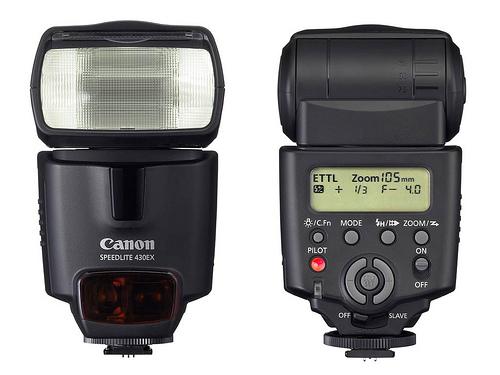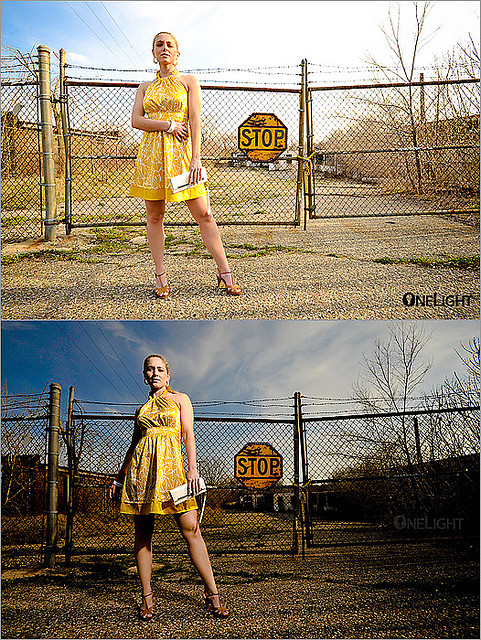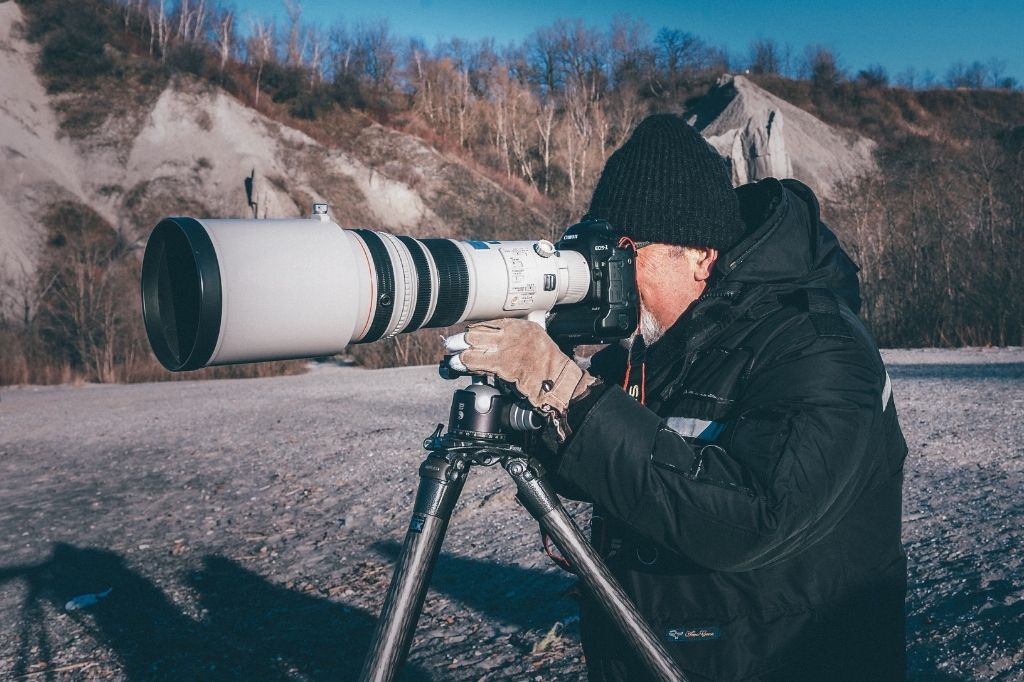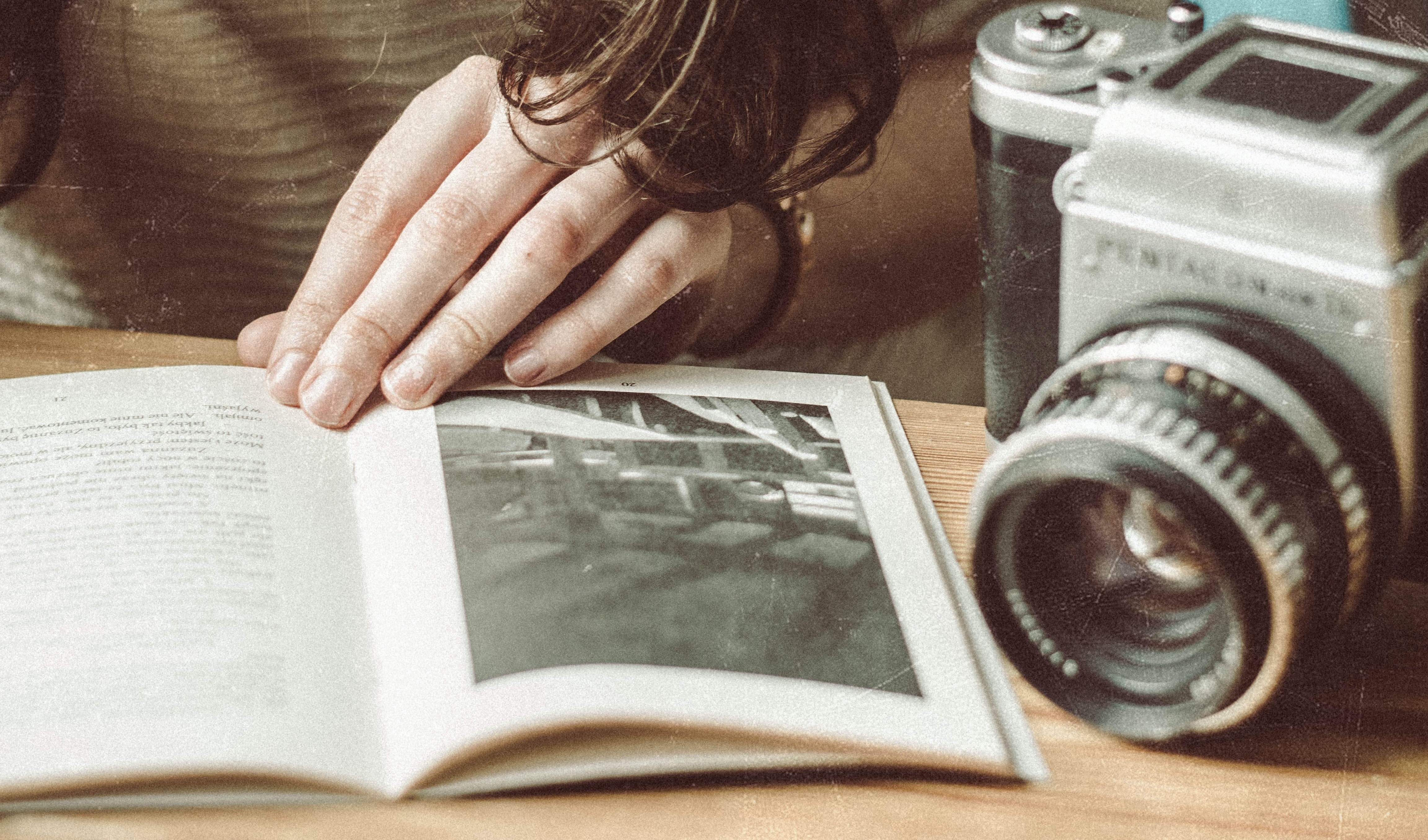In the third installment of Why You Should, we’ll be talking about speedlights and flash photography.
This is the third installment on our Why You Should series. In the previous two posts we spoke about 50mm prime lenses and DSLR cameras. Today we’re going to be sharing some information about speedlights, and why they’ll improve your photography.
As a photographer, lighting is the most important part of your equation. Wether you shoot with natural light or flash, you must always consider the best possible use of the light you have. With speedlights and some practice, you are able to exercise complete control over the outcome of your image, from using a bit of fill-flash to complete flash lighting using multiple strobes.
1. You have more control over the light
So, what is a speedlight exactly? “Speedlite” or “Speedlight” is the modern marketing terms for what used to be called flashguns. It’s an accessory flash that attaches to your DSLR or advanced compact camera via the hot shoe. So, why would you want one if your camera or DSLR already has a flash built in? A speedlight provides much more power than the smaller standard flash, allowing you more head room in terms of lighting your subject. And even when you’re using the speedlight on lower settings, it provides you with more control over the light. The flash head can usually zoom from wide-angle to telephoto, which allows you to make use of all the available light intensity at standard focal lengths. Most speedlights also have an ultra wide angle panel, so you can minimise vignetting even at the widest of focal lengths (your built in flash typically only covers 28mm wide lenses). Additionally, by raising the flash away from the center of the lens, the red-eye effect is reduced or eliminated, as the light no longer reflects directly off the retina and into the lens.
2. Bounce flash is better than direct flash (most of the time)
Another must-have feature of an external flash is the bounce adjustments. Instead of using your flash pointed directly at your subject, which typically produces very unflattering light (although there are exceptions), you can point the head at the ceiling or a wall instead. By bouncing the light off another surface, you create dispersed “soft” light and natural shadows.
The softness of a light source is proportional to the size of the source and the distance to the subject. A small source of light, such as a flash, and a distance of a few meters will result in hard shadows. On the other hand, a large source, such as flash bounced off a ceiling (an illuminated disc with a diameter of 3 or so meters), and a distance of a few meters to the subject will provide fairly soft shadows. Of course, you have to be wary of the colour of the surface you are using as bounce, as your reflected light will share the same tint. Thus, a cream coloured wall will provide slightly warmer light, which you can either use to your advantage, or reduce by adjusting your white balance settings.
If you don’t have a suitable surface to use as bounce (ceiling/wall inappropriate colour or too far away), you can also use standard reflectors.
3. They can be used off-camera
The best use of a speedlight is to take it off the hot shoe and use it off the camera. This allows you to create images with very natural looking light. There are various ways to use a flash off-camera, but the most important thing is that you have to “trigger” it somehow. This ensures that the flash fires at exactly the right time, and can be accomplished using various cables or wireless triggers. Due to the vastness of off-camera flash techniques, I will rather do a complete writeup in a follow up post, but if you are new to the idea, have a look at what can be done in Zack Arias’ OneLight gallery below. You can also find related reading over at David Hobby’s Strobist blog.
What do you guys think? Do you prefer natural light or using flash(es)? Let us know in the comments.
















A combination of both. But definitely get that flash off of the camera 🙂
nice! i actually like the flash photographs. i definitely enjoy a combination of the two though. natural will also be my favourite but there are great things you can do with a flash.